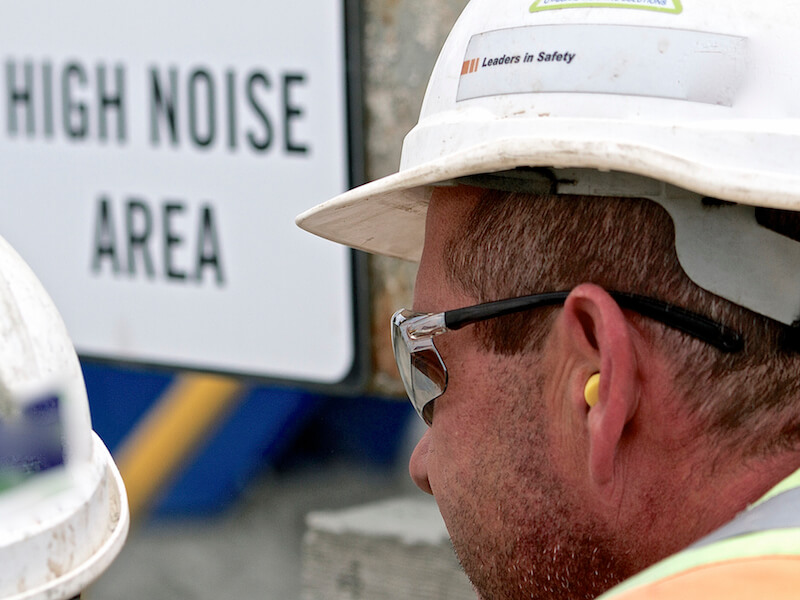
A loud workplace isn’t very good for your ears (or your concentration, for that matter). The health of your hearing can be negatively impacted by even modest levels of noise if you’re exposed to it for several hours each day. This is why questions like “what hearing protection do I need?” are worth asking.
It’s not common knowledge that several levels of hearing protection are available. But it makes sense when you stop to think about it. A jet engine mechanic will require a different level of protection than a truck driver.
Hearing Damage Levels
The basic rule of thumb is that 85 decibels (dB) of sound can begin damaging your ears. Putting sound into context with regards to its decibel level and how harmful it is, isn’t something most of us are used to doing.
When you’re sitting in your car in city traffic, that’s around 85 decibels. No biggie, right? Wrong, it’s a big deal. At least, it’s a biggie after eight hours. Because it isn’t just the volume of the noise that you need to be aware of, it’s how long you’re exposed.
Common Danger Zones
If you’re exposed to 85 dB of noise for eight hours every day or more, you need to consider wearing ear protection. But that’s not the only threshold you need to be aware of. If you’re exposed to:
- 90 dB (e.g., lawnmower): Damage will begin to happen to your hearing if you’re exposed to this volume of noise for 4 hours a day.
- 100 dB (e.g., power tools): Anything above one hour is considered damaging to your hearing.
- 110 dB (e.g., leaf blower): Injury to your hearing occurs after 15 minutes of exposure to this noise level.
- 120 dB (e.g., rock concert): If your exposed to this noise level for any amount of time, your hearing can be damaged.
- 140 dB (e.g., jet engine): This amount of noise will lead to immediate harm and most likely pain to your ears.
When you’re going to be exposed to these volumes of sound, wear hearing protection that will bring the volume in your ears down below 85 dB.
Make Sure Your Hearing Protection Fits Comfortably
The effectiveness of ear protection is measured by something called a Noise Reduction Rate, or NRR. Outside sound will become progressively quieter the higher the NRR.
It’s incredibly important that you select hearing protection with a high enough NRR to effectively protect your hearing (and your workplace will usually make suggestions about what level might be appropriate).
But there’s another factor to consider as well: comfort. As it happens, comfort is incredibly significant to keeping your ears healthy. This is because you’re less likely to actually use your hearing protection if it isn’t comfortable.
What Are my Hearing Protection Choices?
There Are Basically Three Options:
- Earplugs that sit just outside of the ear canal.
- In-ear earplugs
- Earmuffs.
Each form of protection has benefits and drawbacks, but personal preference is frequently the deciding factor. For some individuals, earplugs are uncomfortable, so they’d be better served with earmuffs. For other people, the ability to put earplugs in and leave them in is a better option (of course, at the end of the workday you will need to take them out for a good cleaning).
Find a Consistent Level of Hearing Protection
Any laps in your hearing protection can lead to damage, so comfort is an important factor. If you take your earmuffs off for ten minutes because they’re heavy and scratchy, your hearing can suffer over the long run. This is why hearing protection that you can leave in for the entire workday is the best option.
You’re ears will remain happier and healthier if you choose the correct degree of hearing protection for your situation.
Call Today to Set Up an Appointment
References
https://www.cdc.gov/nceh/hearing_loss/what_noises_cause_hearing_loss.html
